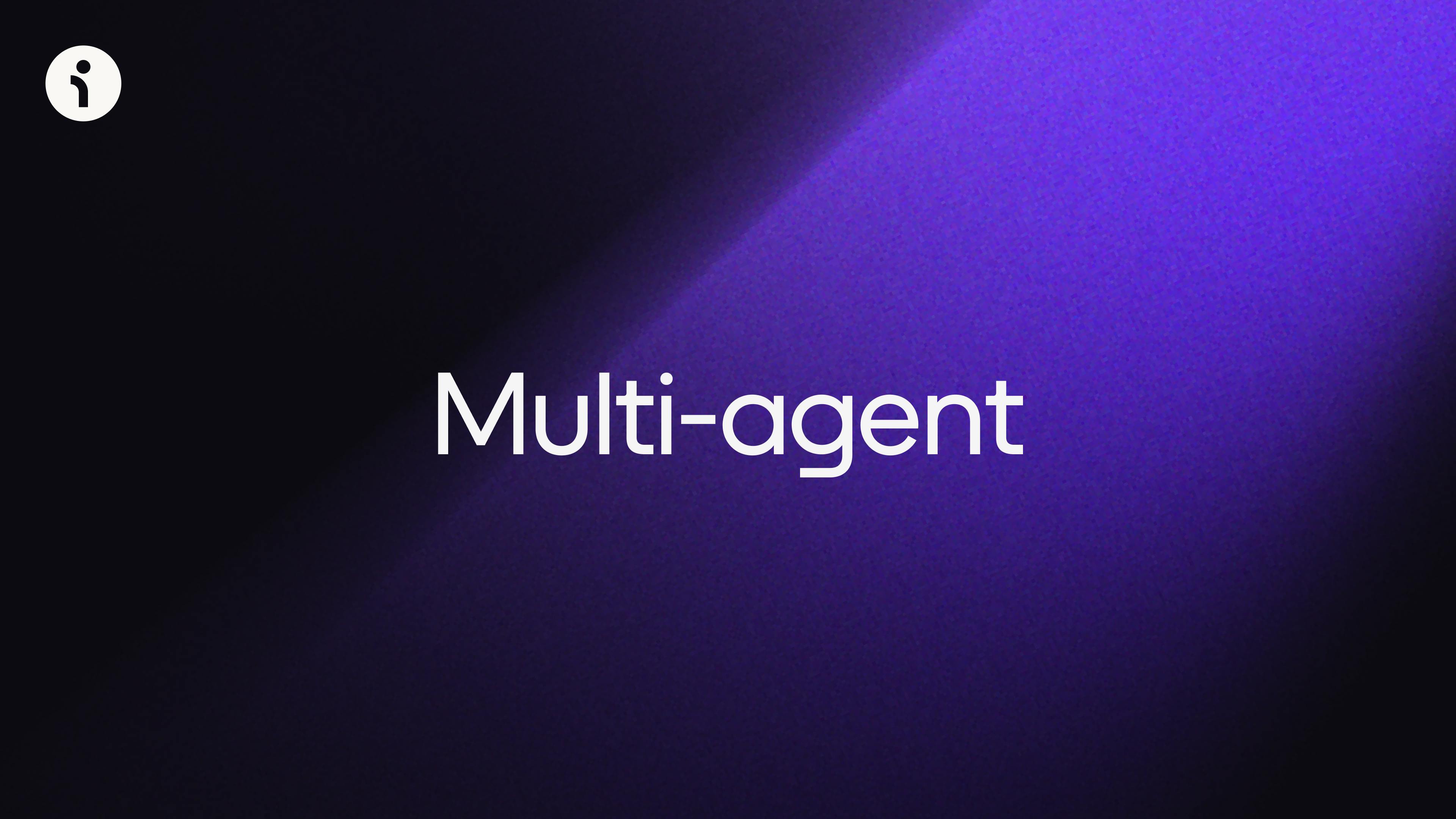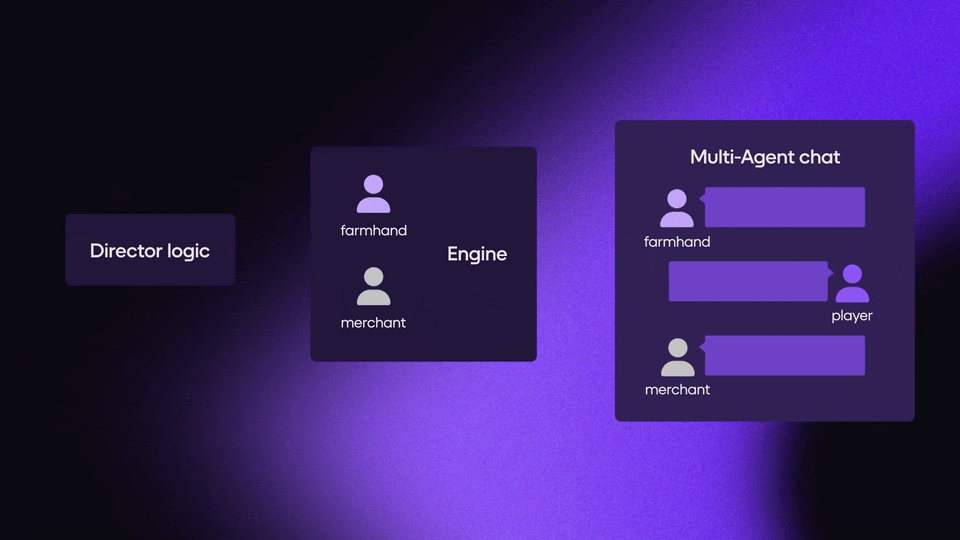Multi-Agent: How Inworld is transforming AI-to-AI and multi-agent interactions

Whether they’re conspiring to slay an enemy or trading barbs before battle, NPC-to-NPC interactions are a key part of gameplay. In fact, these interactions are so critical that game devs told us multi-character interactions were among the top features expected to influence AI NPC adoption in our Future of Game Development with AI NPCs survey.
AI-to-AI interactions that players can solely eavesdrop on are not enough. Agents also have to react appropriately when a player joins the conversation, asks them what they were talking about, or dynamically redirects the conversations. While this appears, on the surface, to be a simple problem to solve – the more participants added to a conversation, the more complex it becomes to determine who should speak next and what should happen after an interruption.
Tech that doesn’t just enable these interactions but ensures that all multi-agent interactions are engaging, contextual, and dynamic is critical for improving game realism, interaction quality, and the player experience.
That’s why Inworld’s new Multi-Agent feature was created with a Director Layer to orchestrate conversational turns and direction to ensure greater conversational quality and coherence.
How Inworld’s Multi-Agent feature works
With Inworld’s Multi-Agent feature, you can now have 2 to 5 characters talking amongst themselves or with the player in a group conversation. The feature can be tested within Inworld Studio, and in our integrations for Unity, Unreal Engine, and the WebSDK.
Users simply set up triggers on the client side to initiate Multi-Agent interactions and dialogue for gameplay scenarios like:
- Eavesdropping on NPCs to gain key clues or insights
- Talking to multiple followers or companions
- Engaging in combat with multiple enemies
- Overhearing banter between NPCs who are sworn enemies
- Observing naturalistic AI-to-AI interactions to increase immersion
- Plotting how to infiltrate a building – or the downfall of an evil overlord
Our Multi-Agent feature is particularly exciting for games that rely heavily on NPC-to-NPC interactions like Simulation games, RPGs, and Adventure games – but has applications beyond gaming as well.
Inworld’s Director Layer

Most generative AI multi-agent features assign players and NPC ‘turns’ based on when they last spoke and then simply allow them to speak when their turn comes up.
However, if a player asks a specific NPC a question, it makes no narrative or conversational sense to allow a different NPC to first say the thing they wanted to say in response to an earlier part of the conversation. Similarly, it doesn’t make sense for a merchant NPC to answer a question about slaying a dragon if the conversation also includes a knight who has slayed dragons before.
We solve for this kind of multi-agent conversational complexity with our Director Layer. Our Director acts as an invisible hand that determines, through context, which character should speak next and what topic they should address in order to provide a higher level of conversational coherence and improve interaction quality.
Our Director Layer’s logic prioritizes participants based on factors such as whether someone is directly mentioned, whether a question is aimed at someone specific, characters’ expertise in the conversation topic, and characters’ participation in the past few turns of conversation.
Future roadmap: Multi-Agent
In the future, we’ll be adding more functionalities to our Multi-Agent feature including:
- Multiple players: We’re working to support two or more players talking to multiple NPCs for multiplayer use cases.
